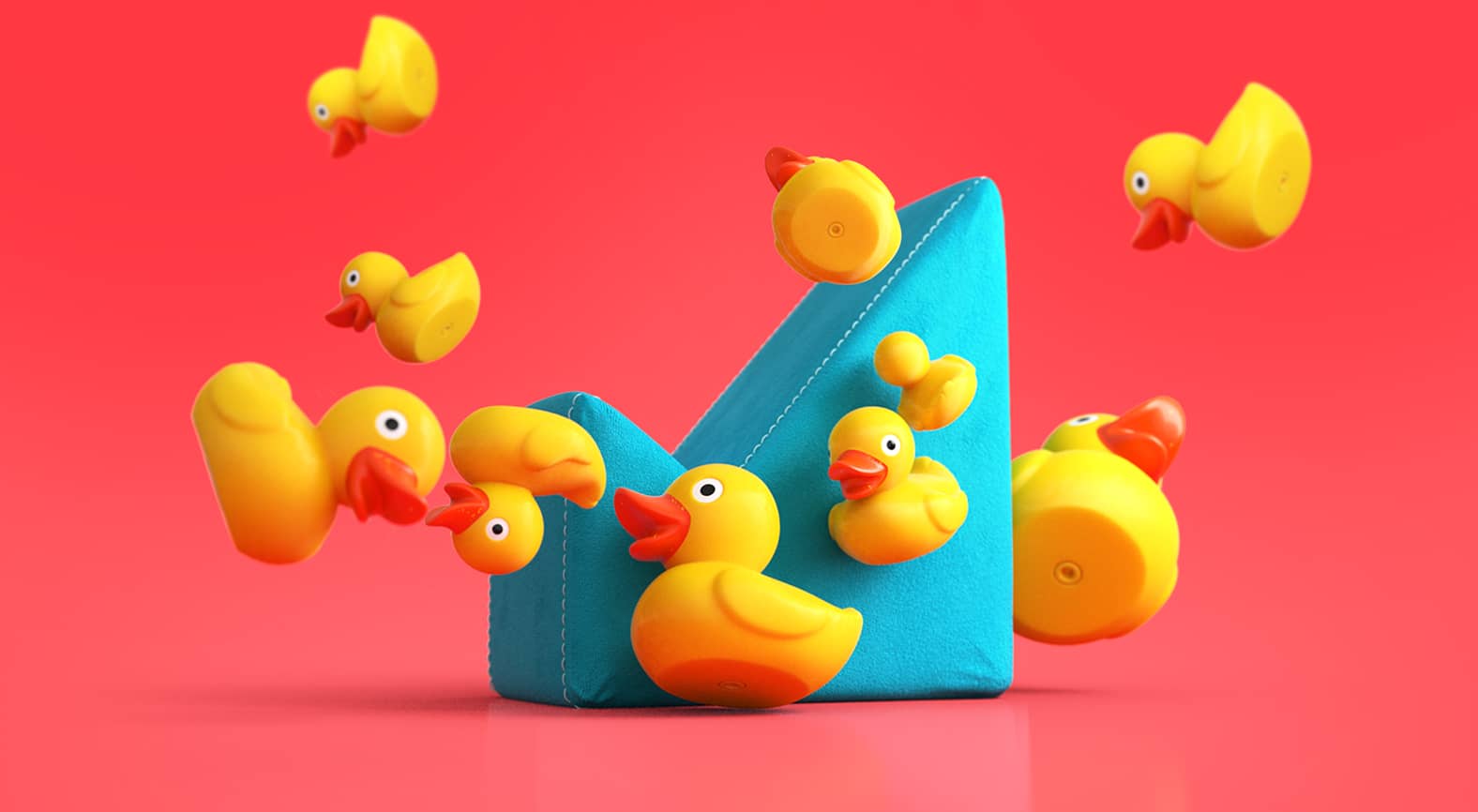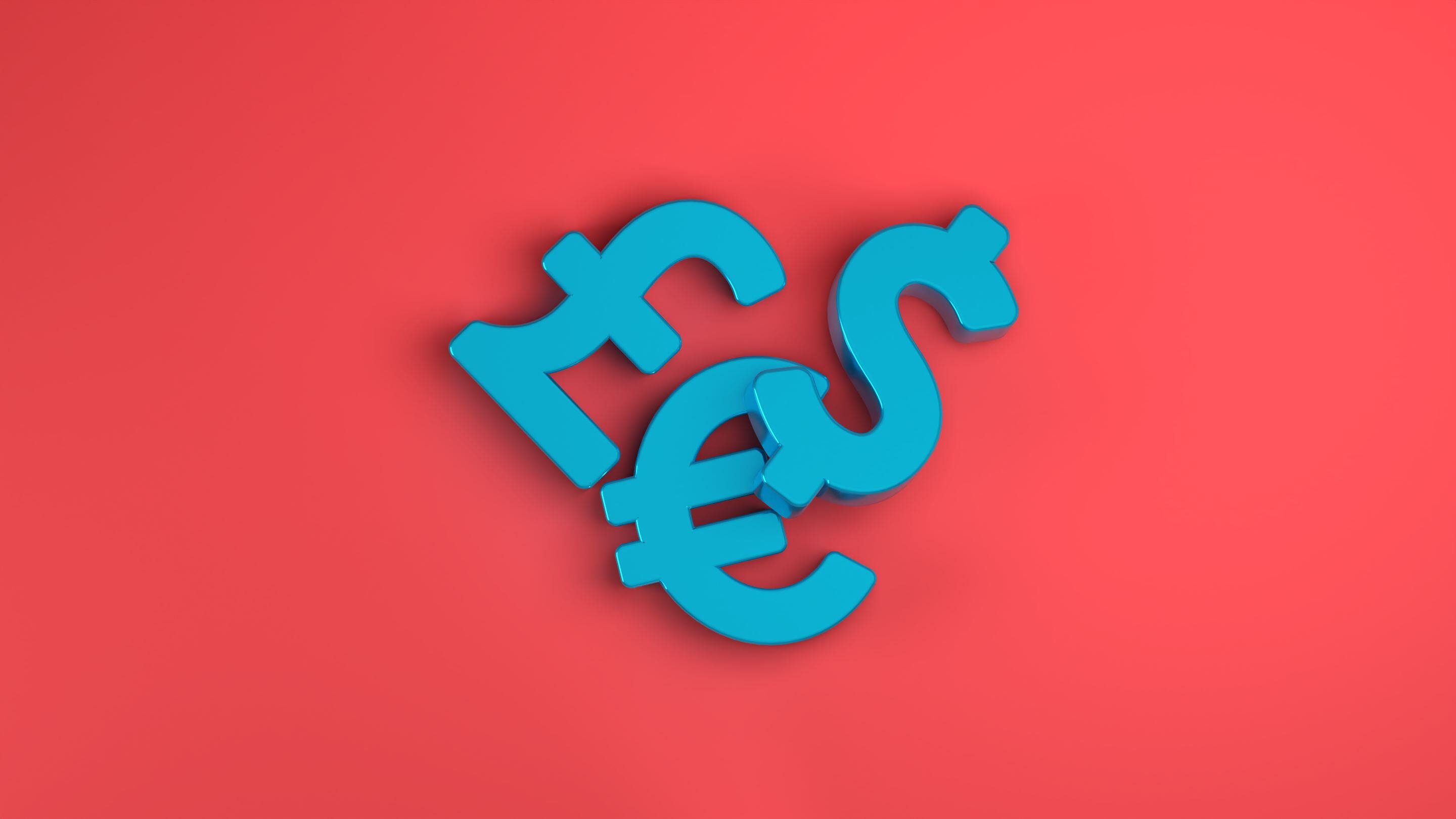As with most things in the B2B world, there isn’t just one phrase used to describe Deal-based marketing (DBM). Pursuit marketing, bid support and pursuit-based marketing are all ways we refer to the support given by marketing during the lifecycle of a deal.
The relationship between ABM and DBM
In terms of the differences between ABM and DBM, we like to think of ABM as the long-distance marathon and DBM as the short 100m sprint.
Whereas ABM is built around long-term building of relationships and reputation on the way to revenue, DBM is about supporting specific deals and opportunities in a much shorter span of time. Both are built on the principles of deep account insight, relevant personalization, and landing the right message at the right time.
But not all Deal-based marketing is made equal.
What does good DBM look like?
Traditional Deal-based marketing is very reactive, with marketing often brought in far too late to support effectively, often left to quickly clean up a deck that you couldn’t believe was about to be shared with a customer!
I believe there’s a better way to do things. A more proactive, impactful approach to supporting bids. But first, a little on the recent rise of Deal-based marketing and why it plays such an important role in today’s buyer journey.
B2B buying is tough, there’s a lot of complexity out there and a lack of differentiation, with prospective buyers being fed lots of quality content from multiple vendors. The net result is a buying process that is very overwhelming. It’s really difficult to expect a decision maker to consume all of that in a way that helps them contextualize how your solution will help solve the challenges in their world when there’s so much noise, complexity, and ultimately pressure to make the right choice (with business and career consequences for getting it wrong).
If we think of the bowtie funnel, Deal-based marketing really operates at the intersection between a customer considering working with you (or expanding their relationship with you) and committing to that decision.
The best programs blend ABM and DBM together, they’re interconnected and able to feed off each other. While ABM is building the long-term path to growth, DBM is making sure we close the short-term opportunities that arise because of that account-based legwork that’s already happened.
And when you have this level of connectedness, your Deal-based Marketing efforts can start earlier in the sales process (because you understand the account intimately) and continue even after there’s a signature on the dotted line as part of the broader strategy into that account, leading to a better customer experience.
But what else is a hallmark characteristic of great Deal-based Marketing?
Let’s look at three key principles that every organization should be considering when building their approach to DBM.
1. Build a distinctive creative identity based on clear win themes for each deal
Historically, DBM was essentially sales teams asking at very short notice for help with making a deck look better, helping organize an event/dinner, or printing out some leave behinds.
If this is still the way DBM operates at your organization then fear not, as there’s a better way to do things!
One of the most important things you can do is help sales define clear win themes (no more than three). These represent the top things you think represent why the target account should choose you, something they should walk away thinking after every asset, touchpoint, or meeting.
As soon as you’re clear on your win themes you need to think about creating a consistent look, feel and tone for the duration of the bid. Something that’s distinct and easily identifiable is usually best.
If you’re already doing ABM for an account, it’s likely you already have a defined creative ‘story’ that you can leverage, which makes this process much faster, but even if you’re supporting an account outside of your ABM program, establishing some kind of consistent look and feel is important.
What comes to mind when you think of red double-decker buses? Most likely you said London, that’s because the iconic red bus represents a distinctive symbol of the city.
You should endeavour to achieve a similar effect through the use of distinctive, repeatable motifs in the creative identity you build for the bid. Something that can tie all of your tactics and activities together as part of a bigger story built to convince the target account why you’re the right partner for the deal.
2. Shift personalization from accounts to individuals
Another way to differentiate yourself is by taking advantage of not just target account insights, but insights into key individuals within the buying group.
Once we’ve mapped who we think the buying group is (or we've confirmed with our customer champion to confirm it) you have the opportunity to build a strategy and plan around the motivations of that group and the individuals within it, taking the traditional ABM approach a step further in terms of personalization and relevance. By researching and understanding their professional and personal motivations, goals and interests, you can take your deal support to the next level.
That’s exactly what we did for a large telco organization, where as part of our research, it was revealed that one of the key stakeholders was a huge collector of remote controlled vehicles and the focus proposition of the bid was all about the management and control of fleet logistics…which gave us an idea.
We centred our pitch around two radio-controlled trucks. Each one had the key outcomes and benefits printed on the outside, and carried cargo in the shape of meeting materials, which detailed the proposition and its relevance to the target account.
This combination of creativity and personalization put us in pole position to win the bid and received rave reviews from all those involved on the customer side.
3. Proposition recycling
The third key principle of DBM is that of reusability and scalability.
Quick question: how many times have you truly bought something custom or bespoke? Maybe a tailored suit or dress for a big event? I’ll bet that most people can count the number of times they’ve purchased something truly bespoke on one hand.
Most of the items we buy are ‘off the shelf’. Of course, we pick the colors we like, the size that fits, and the right combination of pieces to dress for the occasion, but it’s mostly a combination of things that already exist and are available.
We can apply that same analogy to the world of B2B tech. All organizations have a finite set of products, services, or solutions that they sell, a list that is often narrowed by the specific parameters of an RFP.
That means there’s a prime opportunity to ‘recycle’ smart thinking from previous sales, consulting, or bid work, enabling accounts with similar deal shapes to take advantage of content, comms and templates we know work. With most of the hard work done, it’s a matter of applying a layer of deal-specific personalization (our win themes and creative story) based on the particular requirements of the account.
It not only helps create scale and make our budget go further, but perhaps more importantly, increases our pace of delivery, allowing us to be a proactive partner to Sales.
Over time, we can start to notice the same triggers, patterns, and deal shapes within accounts that enable us to engage with Sales early and come to the table with ideas and deliverables that we know will help move the needle.
Changing what DBM means within your organization
It’s time to leave behind the old definition of DBM where you were only responsible for last-minute deck editing, printing meeting packs, and event logistics, and to say hello to a more strategic form of DBM.
By embracing key principles such as creating a distinctive creative identity with clear win themes, personalizing messages to individuals, and recycling elements from common deals, you’ll be better placed to support Sales with the speed, scale, and flexibility that is demanded in today’s B2B buying landscape.
And by doing it in tandem with your ABM program, you’ll be better positioned to support your top accounts, while demonstrating your program’s ability to bring home short-term wins on the path to long-term growth.




